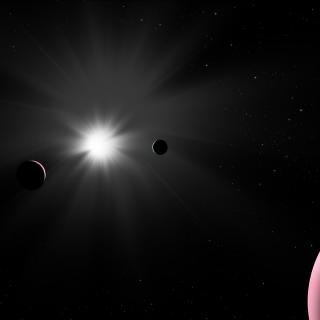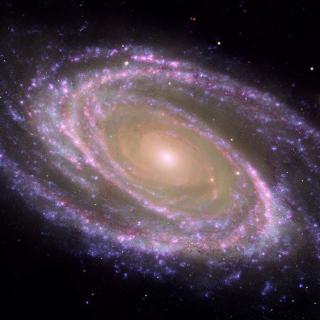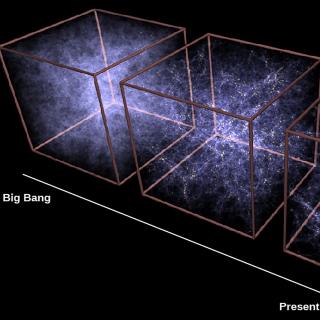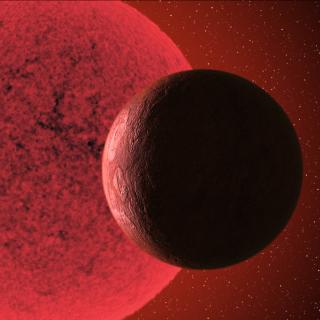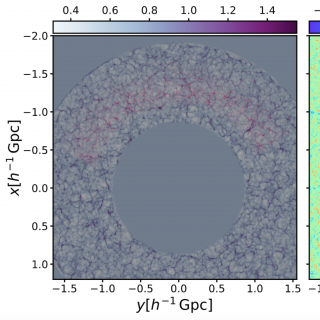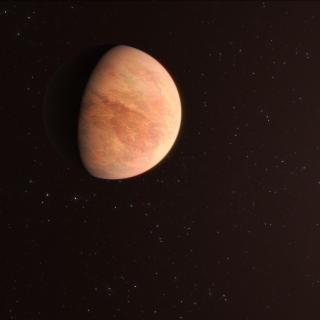
An international team of astronomers, in which the Instituto de Astrofísica de Canarias (IAC) has participated, has found an exoplanetary system formed by several planets similar to the inner planets of the Solar System, orbiting around the nearby star L 98-59. Among them there is a planet with half the mass of Venus -the lowest mass exoplanet ever measured using the radial velocity technique-, an oceanic planet, and a planet possibly within the habitable zone.
Advertised on
